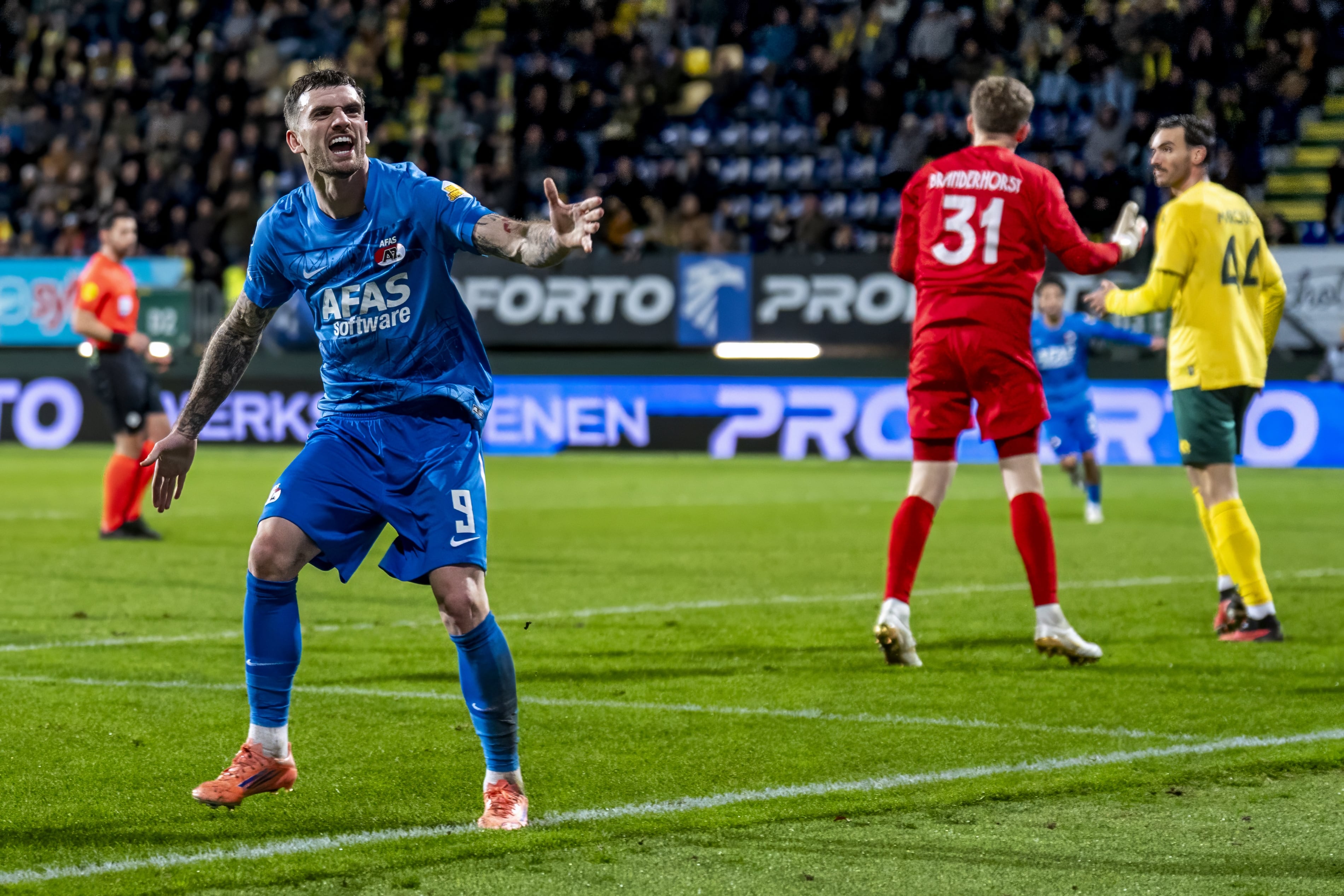The idea was to set off on one long running pilgrimage and then to write another book. What Adharanand Finn knew he didn’t want was a race with a specific route or destination, and definitely not one against any clock.
So when Finn crossed the Ha’penny Bridge in Dublin last Friday afternoon, after running just more than 1,400 miles (2,250km) around Ireland in the 68 days since starting out on July 21st, a small group of family and friends in tow, that pilgrimage felt utterly complete.
And the easy part over, relatively speaking, given he’s only now starting into the book.
“In a lot of these ultramarathons or epic runs, it’s all about powering through,” Finn says, “but I wanted to slow things down a bit more, take it all in. Because one of the original purposes of ultrarunning was not to kill yourself, there was a journey involved.
READ MORE
“So I was playing with that idea, then started reading more about pilgrimages, how they were making a sort of comeback, with the Camino becoming super popular, the UK reopening all these pilgrim trials.
“So the idea then become this one very long journey on foot, and rather go from A to B, would stop off to visit as many interesting places as possible along the way. I certainly wasn’t attempting to break any records.”
Ireland wasn’t his first choice to explore this new running frontier, but soon became the natural one. Although his first name is Sanskrit (and pronounced “A-Darren-And”), Finn was born in London to Irish parents, his father John from Galway, his mother Valerie from Dublin.
“Once I started thinking about where to go, Ireland made a lot of sense, my parents both Irish born and bred, and although I’d been here as a kid many times, I’d never really explored the country.
“Then reading up on pilgrimages, there’s always been an interesting overlap with tourism. Even things like kissing the Blarney Stone, which is such a tourist thing, is a bit like a religious experience. That overlap is quite interesting.”
His previous long-running excursions have produced three excellent books. In Running with the Kenyans (2013), he lived and trained in Iten for six months; in The Way of the Runner (2015), he moved his young family to Japan; in The Rise of the Ultra Runners (2019), he took on some of the longest and most gruelling runs on the planet.
“For the ultrarunner book, I did quite a lot of ultramarathons, all the way up to a six-day race, running almost 500km. So I had this thought of doing another one like that. Then the idea to run around Ireland started around nine months ago, and a lot of the planning was done on the fly, which did allow for more spontaneous interactions.”
His back-up team consisted of his wife Marietta, responsible for driving their large campervan, and their 15-year-old son Ossian. Averaging around a marathon a day – some days running seven miles, other days up to 38 – the route also became a sort of natural path of its own.

“From Dublin it crossed on to the Wicklow Way, then the South Leinster Way, Blackwater Way, and became more or less a lap of a country, and one of the real pleasures was naturally finding places, such as the waterfall in Glenveagh National Park, as opposed to following any map.
“I also turned 50 this year, was half-waiting for something to go wrong physically, but thankfully I managed to get through without even a single blister.
“Some of these pilgrim trails did just follow roads, out in the middle of nowhere with no respite, which was a little disappointing and could get tortuous. But at the same time the pilgrims wanted a bit of suffering in there, to feel like they’d earned their arrival wherever they went.
“So I was playing with that idea as well, focusing on the inner journey, when the outer journey became less interesting.”



















